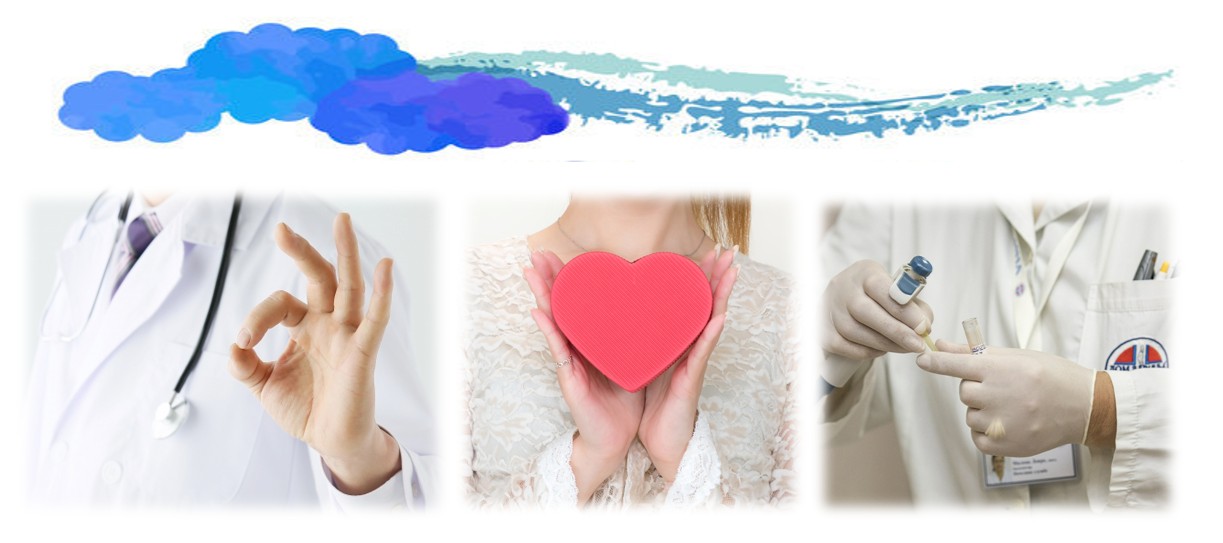Biosimilars Market Worth $1,954 Million by 2018 - New Report by MarketsandMarkets Key Players in the market are Celltrion, Inc., Cipla Ltd. Lg Life Sciences Ltd., Merck Kgaa, Mylan, Inc., Ranbaxy Laboratories LtdStada Arzneimittel Ag, Synthon, Teva Pharmaceutical Industries Ltd. (PRWEB) February 17, 2014The "Biosimilars Market Product [Recombinant Non-Glycosylated Proteins (Insulin, Filgrastim, Somatropin), Glycosylated (Monoclonal Antibodies, Erythropoietin), Peptides (Glucagon, Calcitonin)] & Application (Oncology, Blood Disorders) - Global Forecast to 2018", provides a detailed overview of the major drivers, restraints, challenges, opportunities, current market trends, and strategies impacting the global biosimilars market along with the estimates and forecasts of the revenue and share analysis. The global biosimilars market is segmented on the basis of products, applications, and services. By product, the global biosimilars market is further segmented into recombinant non-glycosylated proteins (insulin, granulocyte colony-stimulating factor (G-CSF), interferon, and human growth hormone), recombinant glycosylated proteins (erythropoietin, monoclonal antibodies, and follitropin), and recombinant peptides (glucagon and calcitonin). The recombinant glycosylated proteins segment is the largest segment and accounts for a share of 40% of the global biosimilars market in 2013 at an estimated $314.2 million and is expected to grow at a CAGR of 17.5% from 2013 to 2018. The biggest factor behind the growth of this segment is the increasing demand for second-wave biosimilar products, such as insulin and interferon, for the treatment of diabetes and infectious disorders. Of all segments under the product category, the monoclonal antibodies segment is the fastest-growing segment at an estimated CAGR of more than 40% from 2013 to 2018. By application, oncology is the largest and fastest-growing segment and accounts for a share of 25%of the global biosimilars market. This is attributed to the increasing prevalence of oncology along with the rise in aging population and the changing lifestyle. Europe dominates the global biosimilars market with around 40% share in 2013. The factors driving the European market are its well-defined regulatory guidelines; presence of various biosimilar drugs such as omnitrope, tevagrastim, and binocrits; numerous pipeline products; and more than 15 biologics going off-patent in the coming years. Although the penetration of biosimilars varies by country, it also depends on various other factors, including local pricing and reimbursement policies, stakeholder influence, and attitudes towards the adoption and use of biosimilars. Currently, Germany commands the highest share in the European market due to the presence of a reference pricing system. The U.S., on the other hand, has a very restricted biosimilars market owing to the stringent regulatory environment in North America. The Asia-Pacific market is estimated to be the fastest-growing market. Asia-Pacific accounts for an overall share of 29% of the global biosimilars market. This large share of the market is mainly due to the semi-regulatory environment of the region that easily approves similar biologics in the market. In addition, low manufacturing costs and the presence of highly skilled expertise at low costs are also factors that make Asia-Pacific a lucrative destination for the biosimilars market. The factors restricting the growth of the market are high manufacturing complexities and costs, stringent regulatory environment in the U.S. and Europe, innovative strategies used by biologic drug manufacturers to protect their intellectual property, costly purification process, arrival of biobetters, and the presence of low-priced biogenerics that compete with biosimilars in the market. The key players in the biosimilars market are Sandoz (Germany), Hospira (U.S.), Teva (Israel), Dr. Reddy's Laboratories (India), Biocon Ltd. (India), Mylan (U.S.), Biopartners (Switzerland), Amgen (U.S.), Intas Biopharmaceultical Ltd. (India), and Innovent Biologics, Inc. (U.S.). In 2013, Sandoz is the highest contributor (50%) to the global biosimilars market.






